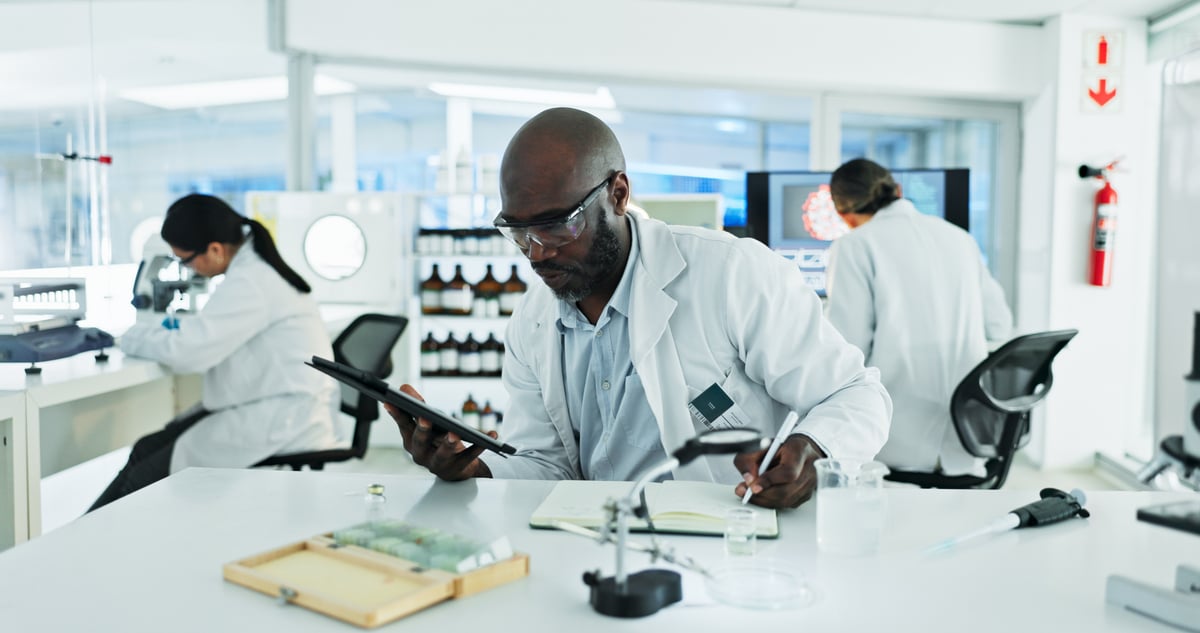Eli Lilly and Company (LLY +1.38%) stock has risen more than 20% this year while the overall stock market tanked. And the good news for Lilly keeps on coming.
The big drugmaker announced its first-quarter results before the market opened on Thursday. Surprisingly, the novel coronavirus pandemic actually helped boost the company's performance. Here are the highlights from Lilly's Q1 update.

Image source: Getty Images.
By the numbers
Eli Lilly announced Q1 revenue of $5.9 billion, a 15% increase from the $5.1 billion reported in the same quarter of the previous year. This result easily topped the average analysts' revenue estimate of $5.51 billion.
The company reported net income of $1.5 billion, or $1.60 per share, based on generally accepted accounting principles (GAAP). Lilly posted GAAP earnings of $4.2 billion, or $4.31 per share, in the same period in 2019.
Lilly's adjusted net income in the first quarter totaled $1.6 billion, or $1.75 per share. This reflected a solid improvement from adjusted net income of $1.2 billion, or $1.33 per share, reported in the prior-year period. Wall Street analysts estimated that the company would post Q1 earnings of $1.48 per share.
Behind the numbers
The COVID-19 outbreak actually boosted Lilly's Q1 performance in some ways. CFO Josh Smiley said that the company's revenue "was augmented by higher patient and supply chain purchasing due to the COVID-19 pandemic."
Lilly also jumped into the battle against the novel coronavirus. Its immunology drug Olumiant is being evaluated as a treatment for COVID-19 in a late-stage clinical study that's being conducted by the National Institute of Allergy and Infectious Diseases (NIAID). The drugmaker is advancing LY3127804 to a phase 2 study in pneumonia patients with COVID-19. It also is partnering with AbCellera to develop antibodies for treating and preventing COVID-19.
The big story for Lilly in Q1, though, was the performance of its top products. Sales for diabetes drug Trulicity soared 40% year over year to $1.23 billion. Lilly reported that Taltz generated sales of nearly $444 million in the first quarter, a 76% jump from the prior-year period. Year-over-year sales growth for breast cancer drug Verzenio and rheumatoid arthritis treatment Olumiant also topped 70%.
Several other drugs also delivered strong growth that wasn't quite as impressive. Insulin glargine injection Basaglar raked in nearly $304 million in Q1, up 21% year over year. Sales for cancer drug Cyramza also jumped 21% to $239 million. Cymbalta's sales rose 28% year over year to more than $210 million. Lilly reported sales for type 2 diabetes drug Jardiance of nearly $268 million, a 31% increase over the prior-year period total.
With such tremendous sales growth for so many products, how did Lilly's GAAP earnings fall from the year-ago period? It wasn't due to any problems. Instead, the negative year-over-year comparison stemmed from earnings of $3.68 billion in the first quarter of 2019 related to the spin-off of Elanco Animal Health.
Looking ahead
Lilly continues to project full-year 2020 revenue will be between $23.7 billion and $24.2 billion. However, the uncertainties about the impact of the COVID-19 pandemic caused the company to widen its full-year earnings guidance range. Lilly now expects GAAP earnings per share (EPS) for 2020 will be between $6.20 and $6.40 with adjusted non-GAAP EPS between $6.70 and $6.90.
While Lilly has weathered the storm quite well so far, the company acknowledges that the economic challenges resulting from COVID-19 could still impact it later this year and perhaps for a longer period. But Smiley said that "the long-term fundamentals of our business remain strong."







